How to Prepare for an Earthquake

Published September 5, 2023
While earthquakes can happen anywhere, certain regions are more prone to these natural disasters. Having a plan in place and being prepared with the right supplies can help you when an earthquake happens. This guide will help you learn how to prepare for an earthquake, from gathering supplies like a first aid kit and flashlights to what to do during an earthquake as well as after it hits.
Difficulty:
Beginner
Duration:
Over 1 day
Table of Contents
Prepare Your Home
Make an Earthquake Kit
Create a Safety Plan
Clean Up and Safety After the Earthquake
Earthquake Tips
Prepare Your Home
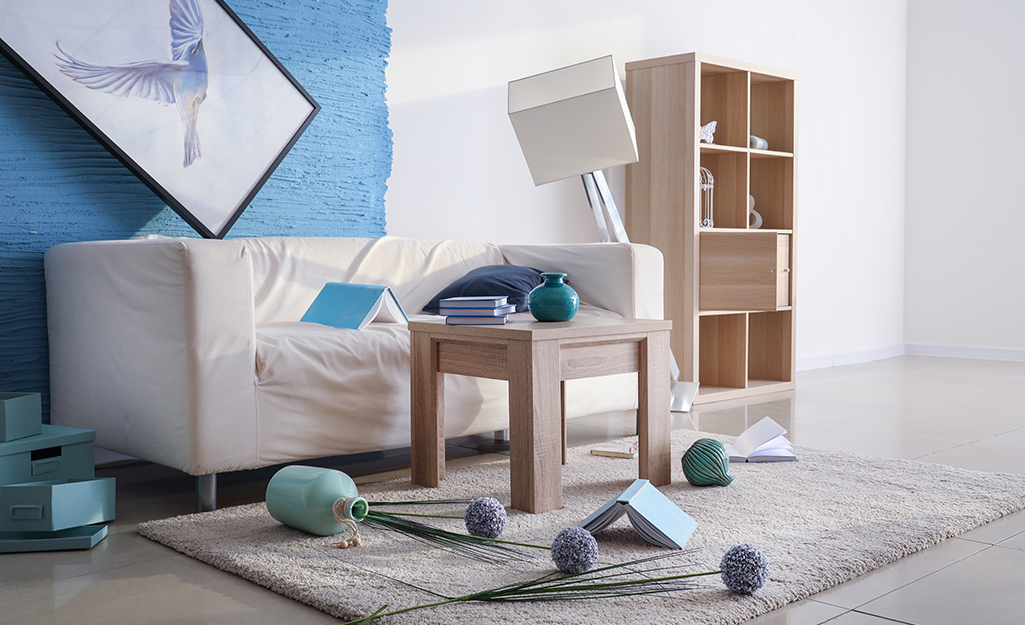
Because earthquakes strike suddenly, it's important to have your home prepared, especially if you live in a region where these shakeups are common. Here are a few things to do to try to preemptively protect your home when preparing for an earthquake.
- Injuries can occur from fallen furniture and household items. For this reason, it's important to secure overhead lighting and anchor furniture like bookshelves and dressers to walls.
- Have your home's foundation inspected to make sure it's structurally sound. Any foundational damage should be repaired to prevent major damage during an earthquake.
- Repair any faulty wiring or electrical issues as soon as possible.
- Take stock of any other potential hazards. If you live in an area that often gets hit by earthquakes, always secure large fixtures or pictures hung above beds or sofas, and keep heavier items on lower shelves to prevent them from falling and injuring someone.
- Store valuable or breakable items like china and glassware in a closed cabinet with a latch.
- Keep chemicals such as pesticides, cleaners and detergents locked up in a cabinet.
- Secure water heaters to the wall and floor.
Make an Earthquake Kit
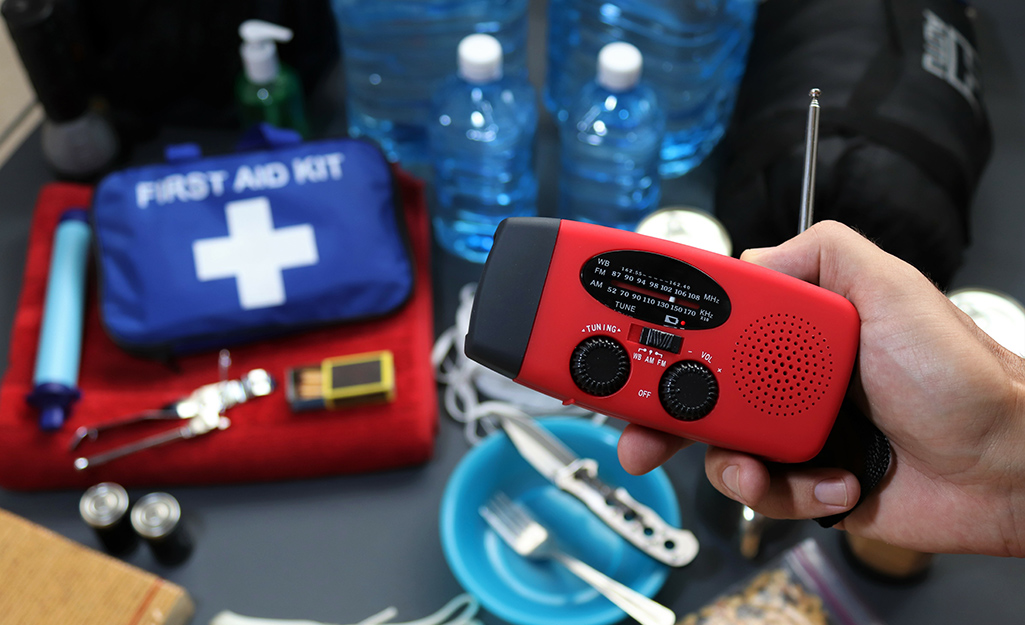
When learning how to prepare for an earthquake, it's key to understand the importance of emergency preparedness, including having the right supplies on-hand in your survival kit. Create an earthquake preparedness checklist to help you gather the supplies for your kit. Some of the most common items include:
- Flashlights
- Batteries
- Fire extinguisher
- Bottled water
- Non-perishable food
- Manual can opener
- First aid kits
- Durable shoes, such as work or rain boots
- Portable radio
- Cash/credit cards
- Medicines
- Blankets
Tip: Because earthquakes occur suddenly, it's important to be prepared in the car or office. Be sure to keep an earthquake kit in places you spend a lot of time to ensure you are ready when the moment strikes.
Create a Safety Plan
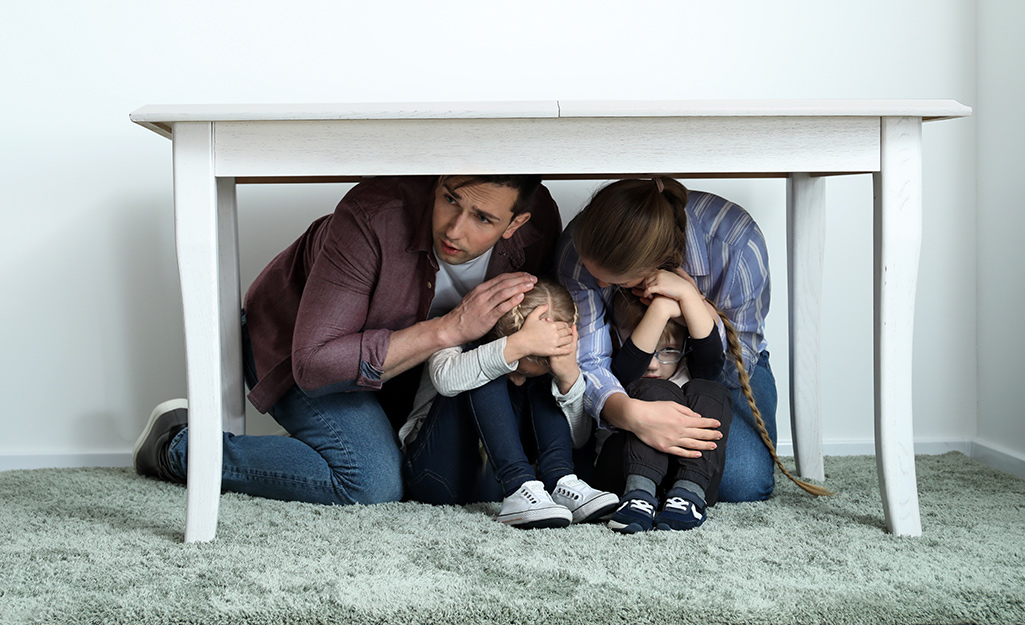
Creating a safety plan starts with having a household discussion about how to prepare for an earthquake.
- Make a communication plan for your family in the event that anyone gets separated. This should include a meetup place.
- Teach children how to call 911 in the event of an emergency.
- Have a practice earthquake drill, showing children where to take shelter during a quake, typically under a large table or against an interior wall doorway. Be sure to teach them drop, cover and hold on; meaning, drop down wherever you are, cover your neck and head with your arms and hold on to a secure item with one hand, if possible.
- In your plan, keep location in mind. For instance, if you're in bed when it occurs, lay face down and cover your head with covers. Similarly, if you are outdoors when it happens, stay in an open area away from buildings and falling debris.
- Let every family member know where you keep your emergency kit.
- Give each family member a step-by-step tutorial on how to turn off water, gas and electricity in the event of an earthquake.
Clean Up and Safety After the Earthquake
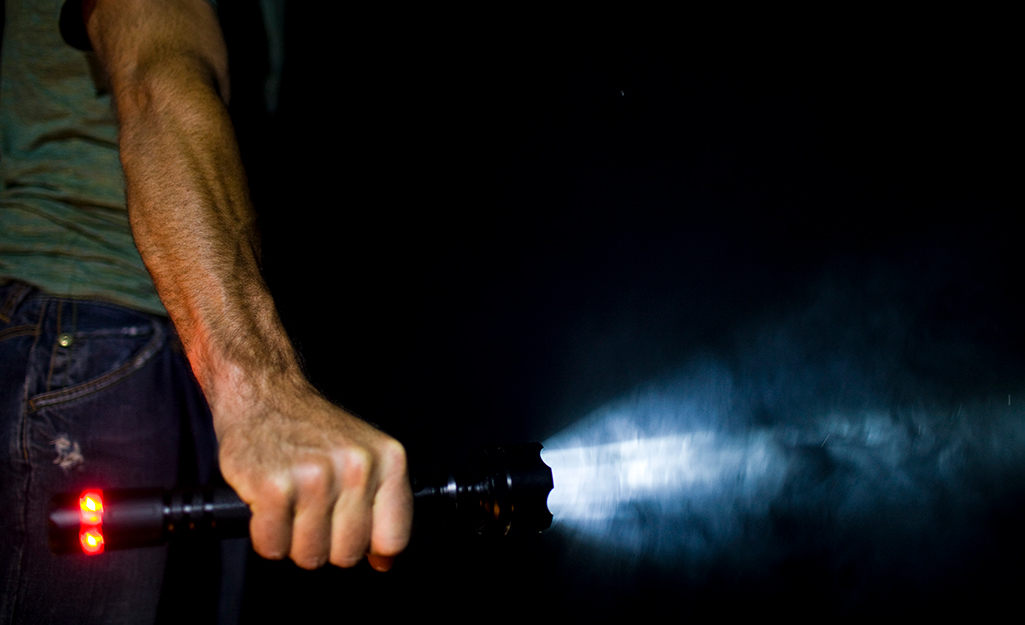
After an earthquake, expect aftershocks to occur. Take your earthquake kit and find a safe location. If you are in a building that has been damaged, leave the area and find safety.
- Check everyone for injuries and look for any hazards in your home.
- If you need to reconnect with family, use your communication plan.
- Once you are in a safe location, listen to the news for alerts and information.
- When cleaning up earthquake damage, wear long-sleeved clothing and do not lift any heavy debris.
- Do not attempt to fix any structural damage on your own.
Earthquake Tips
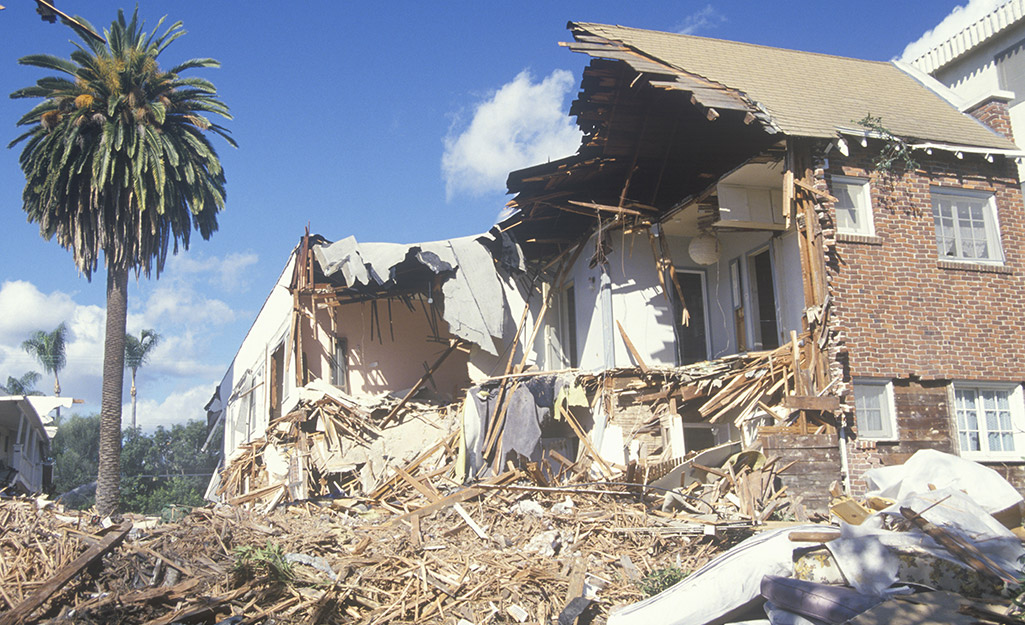
Knowing what to do during an earthquake can help you stay calm during a crisis. Here are a few more tips to keep in mind when preparing for an earthquake.
- Earthquake safety means knowing what to do when the moment strikes. If you are driving in a car during an earthquake, pull over and use your parking brake.
- Make sure your home's earthquake insurance is up-to-date.
- When trying to contact people after the earthquake, a text may be more reliable than a call.
- For those in a wheelchair, be sure to find a secure location, lock your wheels and stay in place until the shaking stops.
- If a major earthquake occurs and you live in a region prone to landslides, seek higher ground.
- In addition to your earthquake survival kit, be sure to keep an emergency supply of water, at least one gallon, on hand at all times.
Learning how to prepare for an earthquake is about having a solid plan in place. From supplies for an earthquake preparedness checklist to tips on how to stay safe after, we can help. Ready to find the materials you need to plan ahead? We have options to deliver online orders when and where you need them.























